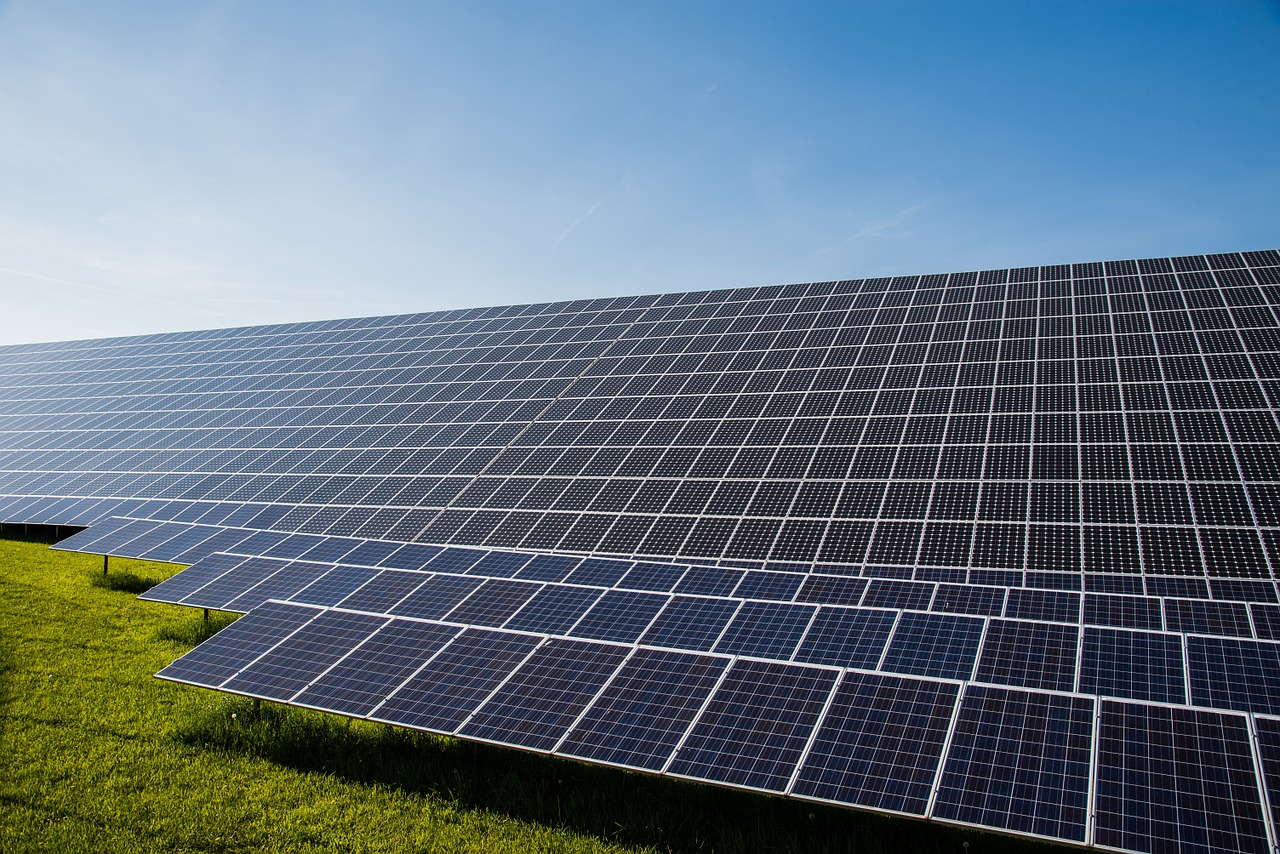Scientists at Massachusetts Institute of Technology (MIT) have produced solar cells that are so thin and light that they can be placed on any surface. These solar cells could revolutionize future technology in terms of energy saving strategies and could even be used to power our smartphones in the future. The scientists describe how they can place a cell on a soap bubble and that “you don’t even know it’s there”,
it’s so light you don’t even know it’s there
The group at MIT which is made up of professor Vladimir Bulović, research scientist Annie Wang and doctoral student Joel Jean, have successfully published their research detailing the process. The creation of the cell is made up of one step but involves three elements all done within a vaccum: the solar cell, the substrate that supports it and the protective overcoating that shield the cells from the environment. Being able to produce the cell in this way eliminates any contamination including dust particles. According to Yahoo News, the size of the cell is, amazingly, only two micrometers thick which is one-fiftieth the width of a hair on your head.
MIT News reports that, despite its microscopic size, the solar cell can produce a power outlet 400 times that of a regular silicon-based solar module which we typically see on building roofs with glass covers. Bulović sees the potential uses for this technology with its lightweight and flexible nature giving it the ability to be an “add-on to existing structures”,
[…] on your shirt or on your notebook, these cells could simply be an add-on to existing structures.
Although a huge breakthrough, it will take several more years before the technology can be produced for commercial use but the team feel confident there will be no problems getting to that stage. The ability to use these solar cells for bigger and more complex work is in the scientists’ plans including the possibility of using the technology within spacecraft involved in research.
























